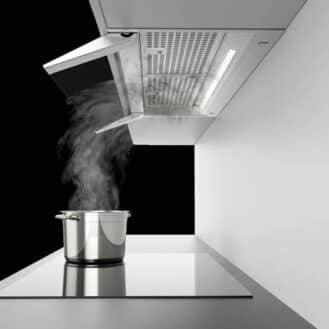When selecting a cooktop, it’s important to consider not only its cooking capabilities but also its controls, safety features, and energy efficiency. These aspects greatly contribute to the convenience, functionality, and environmental impact of your cooking appliance. Let’s explore these in more detail below:

SIEMENS Cooktop
Controls: Cooktops come with various control options based on their type. Gas cooktops typically feature knobs for adjusting the flame intensity, providing precise control over the cooking process. Electric cooktops, on the other hand, offer a range of control mechanisms, including knobs, push buttons, or touch controls. The location of these controls can vary and are usually positioned at the front or side of the cooktop for easy access. Additionally, most cooktop models may include integrated timers, allowing you to set a specific cooking duration and automatically turn off the stove once the time elapses.
Safety features: Manufacturers have made significant advancements in integrating safety features into cooktops to minimize potential hazards. Gas cooktops often include a flame failure device, which shuts off the gas supply if the flame goes out or fails to ignite. This feature enhances safety by preventing gas leaks. Electric cooktops with touch buttons frequently incorporate child locks to prevent accidental operation by young children. Some models also have automatic shut-off mechanisms when there is water spillage, reducing the risk of electrical accidents. Furthermore, some cooktops are equipped with indicators such as letters or lights that remain illuminated when the surface is hot, serving as a visual reminder and helping prevent accidental burns.
Energy efficiency: With growing concerns about energy consumption, choosing an energy-efficient cooktop can have a positive impact on both your utility bills and the environment. While energy labels provide useful information, the overall energy efficiency of a cooktop is influenced by multiple factors, including its type, usage patterns, and the cookware used. In general, induction stovetops tend to be the most efficient among electric stovetops. They leverage electromagnetic currents to directly heat the pot or pan, minimizing heat loss through the cooktop surface. By utilizing induction technology, you can reduce energy waste and achieve faster, more efficient cooking.
By considering the controls, safety features, and energy efficiency of different cooktop models, you can select a cooking appliance that not only meets your culinary needs but also enhances your cooking experience, promotes safety, and contributes to a greener lifestyle.










